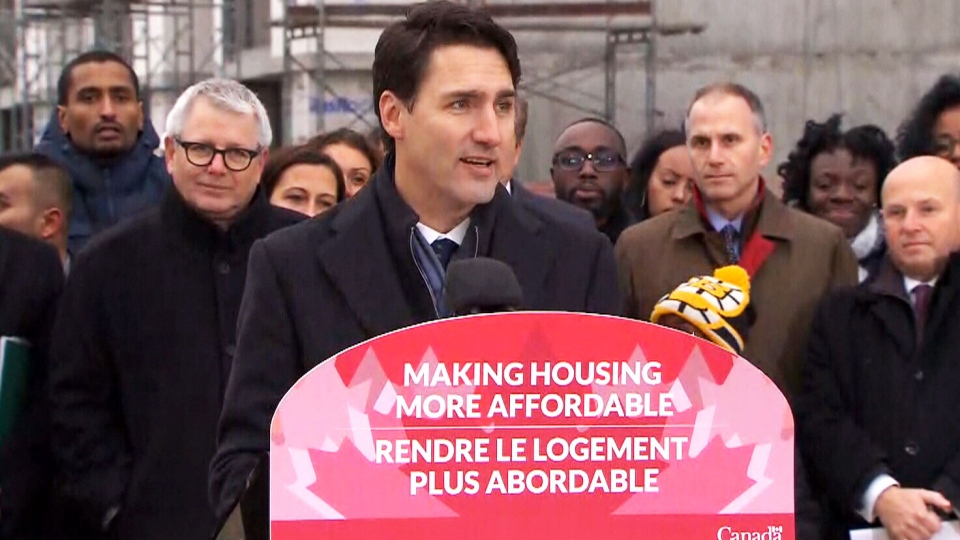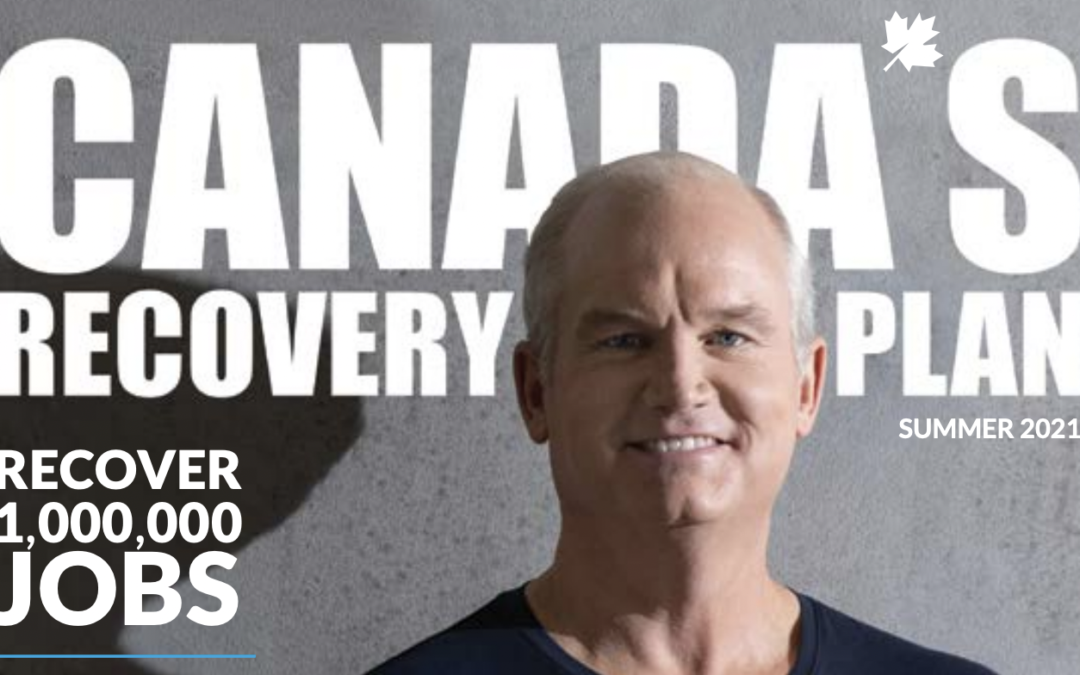
Ten things to know about the Bloc Québécois’ housing platform
Ten things to know about the Bloc Québécois’ housing platform
La version française de ce billet se trouve ici.
With Canadians heading to the polls in a federal election this month, the Bloc Québécois (‘the Bloc’) have released their election platform, which includes a section on housing.
Here are 10 things to know.
1. The Bloc urges the federal government to increase housing subsidies for low-income households. It suggests that such annual federal funding should gradually increase to the point where it becomes equivalent to 1% of annual federal revenue. This is an odd commitment to make, however, as planned federal spending on housing, which is primarily for low-income households, is already projected to be in that range.
2. The Bloc Québécois calls for predictable, ongoing funding for housing, rather than ad hoc agreements. This echoes the sentiments of most (if not all) providers of non-profit housing in Canada, who find it very challenging to plan appropriately when they have very little advance notice of funding.
3. The Bloc proposes that all surplus federally-owned properties be used primarily to develop new housing for low-income households. This is an interesting idea. During John Tory’s mayorship, the City of Toronto has made successful use of public lands for affordable housing through an initiative called Housing Now.
4. The Bloc Québécois calls for a tax on real estate speculation in order to curb rising housing costs. They provide no details on this proposal.
5. The Bloc calls for reform to Canada’s home ownership regime in order “to take into account different realities of Quebec households and increasingly diverse family situations.” They do not explain what they mean by this. It’s possible they’re referring to the fact that Quebec has a larger proportion of unmarried couples, one-person households, single-parent households and same-sex households.
6. In contrast to the other major parties, the Bloc does not stress the importance of turning more households into homeowners. This may stem from the fact that renting is more common in Quebec (and more socially acceptable) than in other parts of Canada.
7. The party proposes a national acquisition fund. They say this would allow co-op and non-profit housing providers “to acquire residential buildings currently accessible in the private market” and that it would help preserve the affordability of units. They do not say how the fund would operate.
8. The Bloc promises to “ensure that Quebec receives its fair share of unconditional funding of federal homelessness programs…” It is not clear to me why the Bloc feels Quebec currently receives a less-than-fair share of federal funding for homelessness.
9. The Bloc Québécois wants pandemic-related federal funding for homelessness to be made permanent. The Bloc is likely referring to the additional $236.7 million announced for Reaching Home on 21 September 2020, in light of the current pandemic. This would amount to roughly doubling annual federal funding for homelessness.
10. The platform makes no mention of supportive housing. By “supportive housing” I refer to subsidized housing for marginalized groups (especially for individuals with serious mental health challenges) along with social work support for tenants. Supportive housing has long been viewed as a sensible policy response for persons experiencing long-term homelessness.
In sum. The Bloc Québécois’ housing platform, while short on detail, provides sensible policy proposals that can help inform the national debate. In sharp contrast to the other major parties, they do not emphasize the importance of making home ownership possible for more Canadians. The Bloc’s attention to the homelessness file is a breath of fresh air.
I wish to thank the following individuals for assistance with this blog post: Daniel Béland, Michèle Chappaz, Marc-André Gagnon, Michel Laforge, James McGregor, Alain Noël, Steve Pomeroy, Sylvia Regnier, Vincent St-Martin, Greg Suttor, Alex Tétreault, Sam Watts and several anonymous reviewers.


